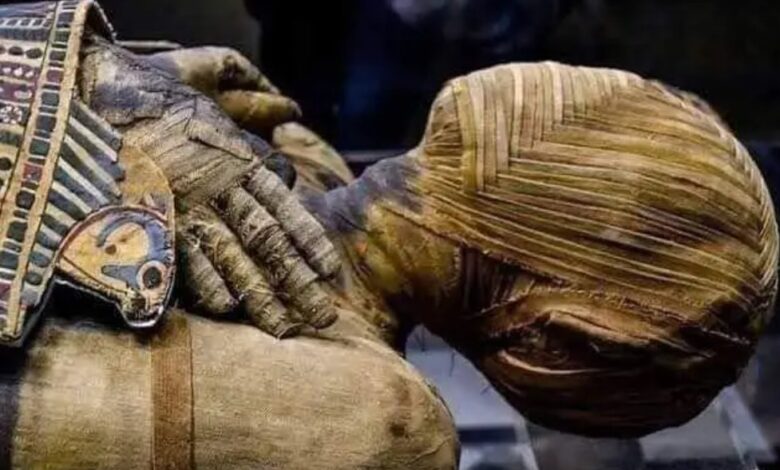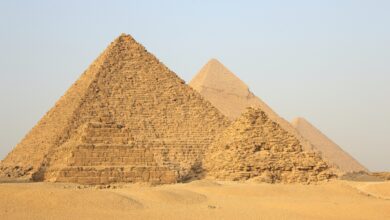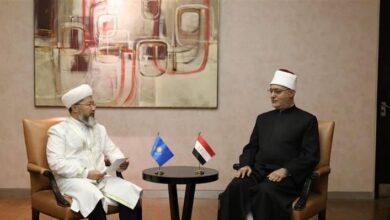
For decades, Egyptologists have been left baffled by the secrets of an ancient mummy known due to its intricate wrappings, unique mummification techniques, and rare inscriptions – until now.
With state-of-the-art technology, scientists have revealed the mummy’s secrets “without having to unwrap it.”
According to a report in The Sun newspaper on Sunday, the mummy is over 2,300 years old and was discovered by Egyptologist Howard Carter in the Valley of the Kings, the same area where Tutankhamun’s tomb was later found.
Advances in X-ray and CT scanning technology made it possible to study it in-depth without damaging it, a significant step toward a greater understanding of the ancient mummy’s secrets.
The latest findings have revealed that the mummy belongs to an adult male, approximately 1.68 meters tall, who lived during the Ptolemaic period, which extended from 305-30 BC.
X-rays also revealed inscriptions bearing the name of the buried person, but researchers have been unable to confirm whether the name was “Bashiri” or “Nino,” leaving some aspects of the story still mysterious.
According to the American Museum of Natural History, the mummy’s facial wrappings feature unique engravings resembling the base of a pyramid, “a rare feature not seen on any other mummies.”
The outer covering bears multiple decorations distributed across “records,” including a depiction of the mummy lying on a bed surrounded by the goddesses Isis and Nephthys, as well as the Four Sons of Horus.
The section surrounding the feet is decorated with the symbol of Anubis, the god of mummification in ancient Egyptian mythology.




